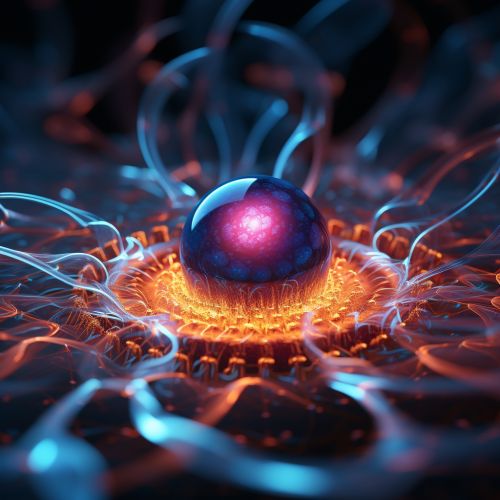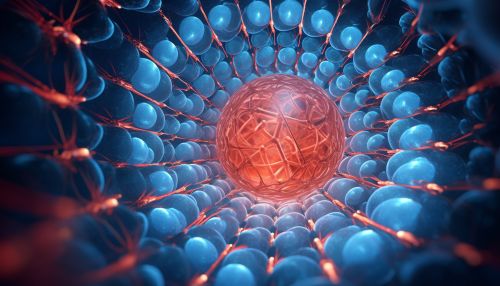Gene regulation
Introduction
Gene regulation is the process by which cells control the level and timing of gene expression. It is a fundamental aspect of cell biology, molecular biology, and genetics, and it plays a crucial role in the development and functioning of all organisms.


Mechanisms of Gene Regulation
Gene regulation can occur at various stages of gene expression, including transcription, RNA processing, translation, and post-translation. Each of these stages offers potential control points for the regulation of gene expression.
Transcriptional Regulation
Transcriptional regulation is the most common form of gene regulation. It involves the binding of transcription factors to specific DNA sequences, known as promoters and enhancers, to either activate or repress the transcription of the associated gene.
Post-Transcriptional Regulation
Post-transcriptional regulation occurs after the gene has been transcribed into mRNA. This can involve the modification of the mRNA molecule, such as the addition of a poly-A tail or a 5' cap, which can affect the stability of the mRNA and its ability to be translated into protein.
Translational Regulation
Translational regulation involves the control of the translation of mRNA into protein. This can be achieved through the binding of RNA-binding proteins or microRNAs to the mRNA molecule, which can either promote or inhibit its translation.
Post-Translational Regulation
Post-translational regulation involves the modification of the protein after it has been translated. This can include the addition of phosphoryl groups, methyl groups, or ubiquitin, which can affect the function, localization, or stability of the protein.
Factors Influencing Gene Regulation
Several factors can influence gene regulation, including environmental conditions, developmental signals, and the presence of other genes or proteins.
Environmental Conditions
Environmental conditions, such as temperature, light, and nutrient availability, can influence gene regulation. For example, in the bacterium E. coli, the lac operon is regulated in response to the presence or absence of lactose in the environment.
Developmental Signals
Developmental signals, such as hormones and growth factors, can also influence gene regulation. For example, in mammals, the Hox genes are regulated in a precise temporal and spatial manner during embryonic development.
Genetic Factors
The presence of other genes or proteins can also influence gene regulation. For example, in the yeast S. cerevisiae, the GAL genes are regulated by the presence of the GAL4 protein, which acts as a transcriptional activator.
Role in Disease
Abnormalities in gene regulation can lead to a variety of diseases, including cancer, autoimmune diseases, and neurological disorders. For example, in cancer, genes that regulate cell growth and division can become overexpressed, leading to uncontrolled cell proliferation.
